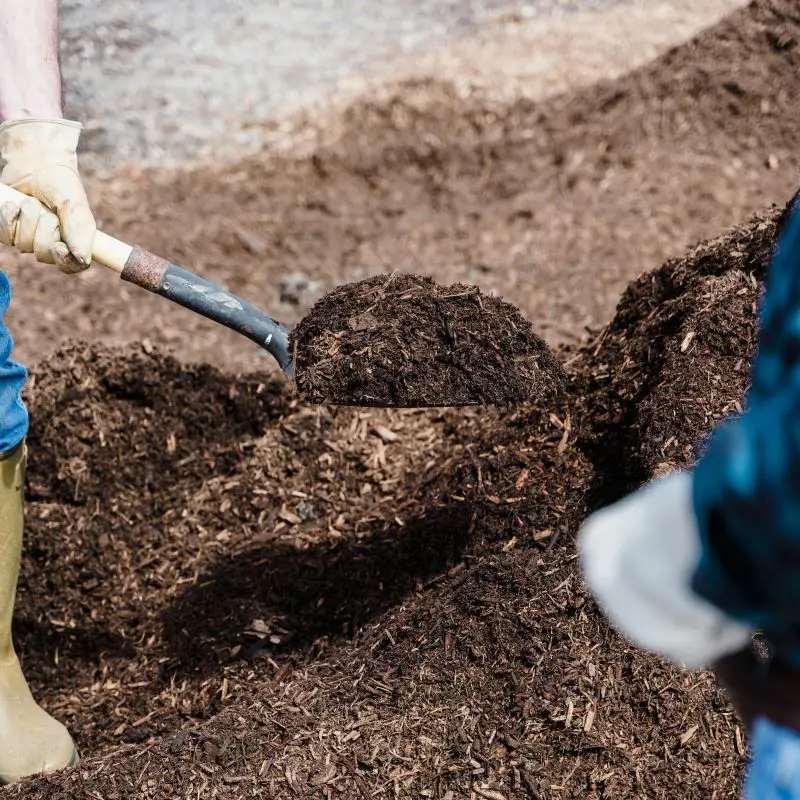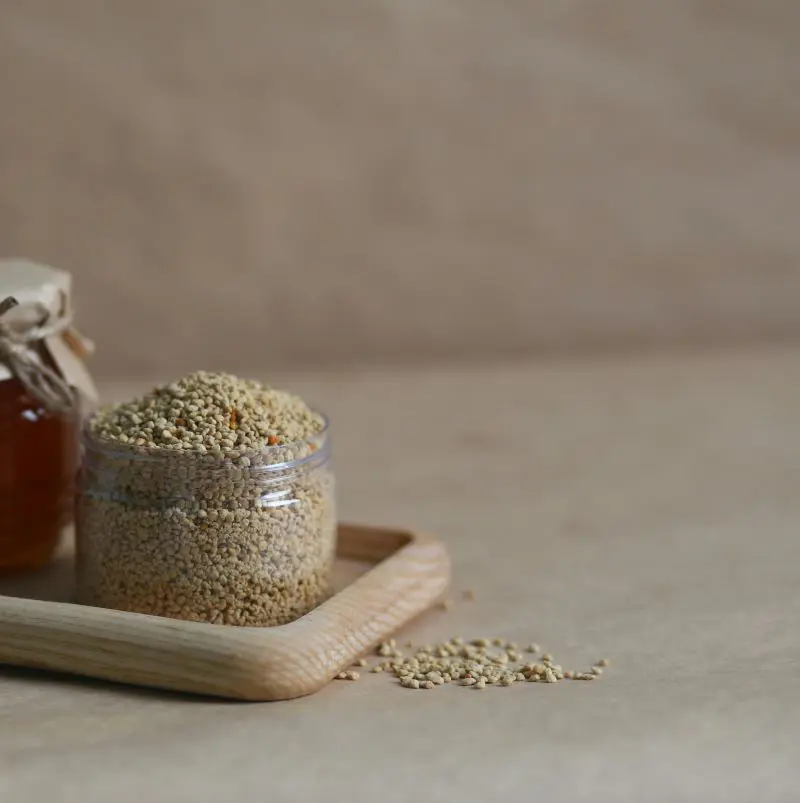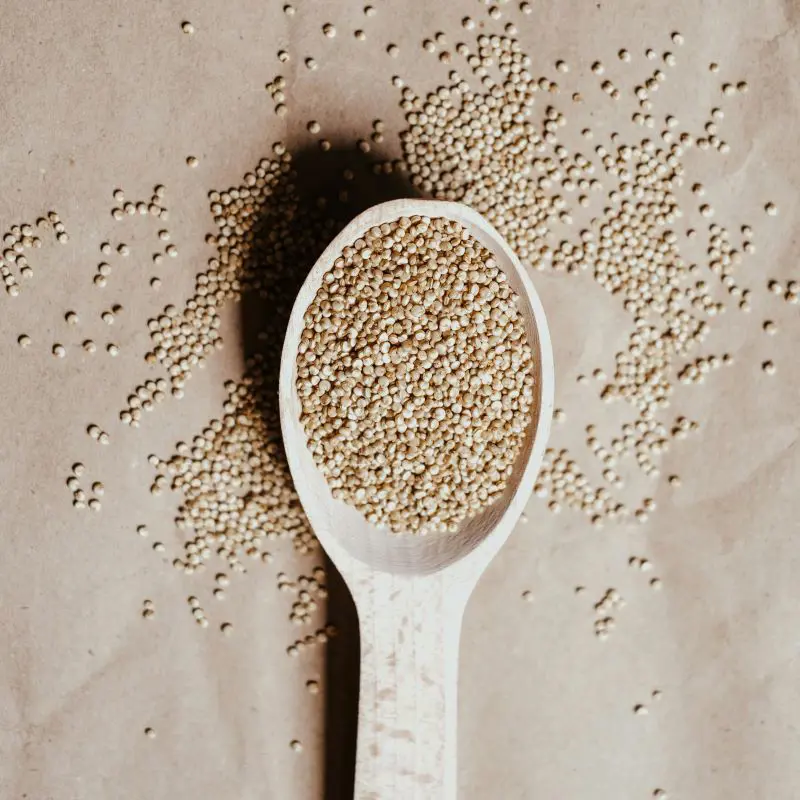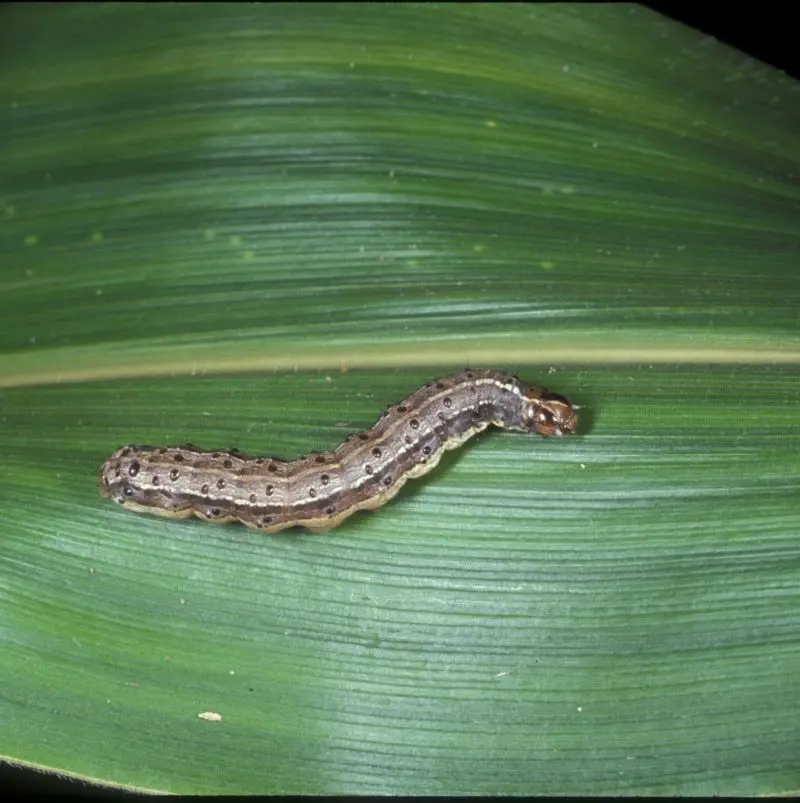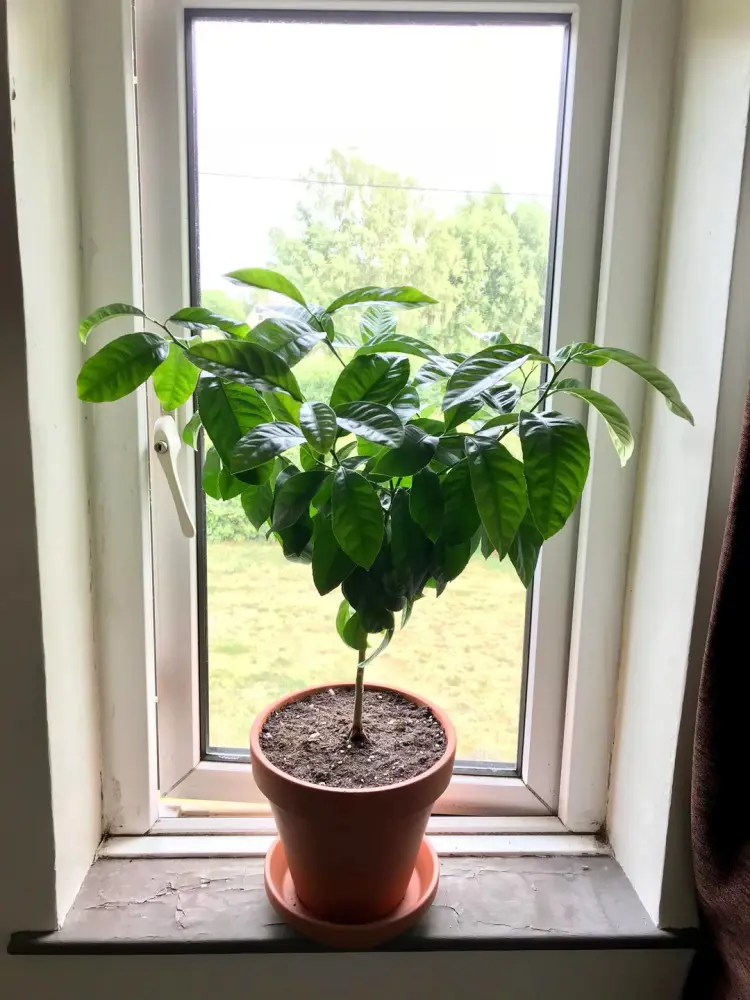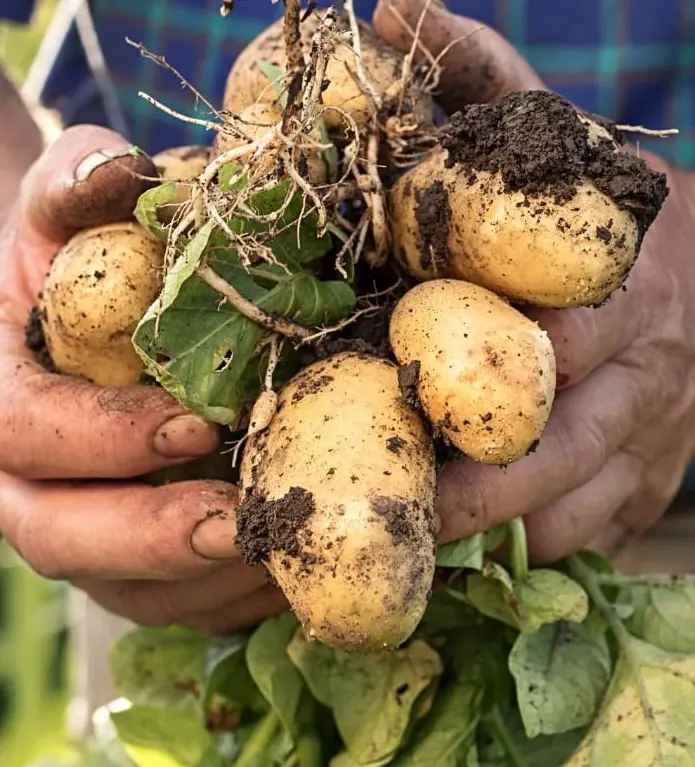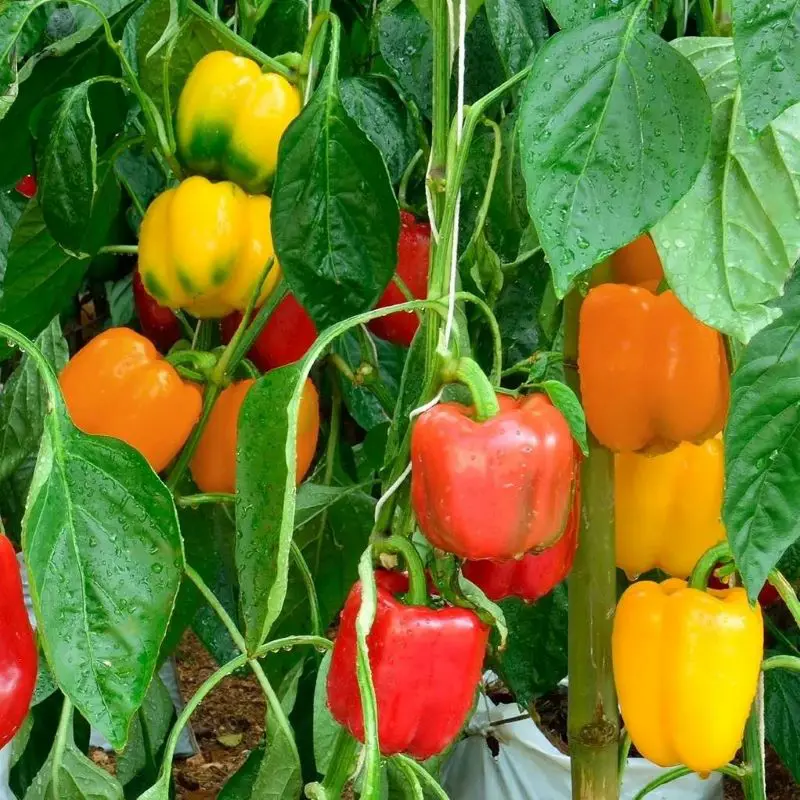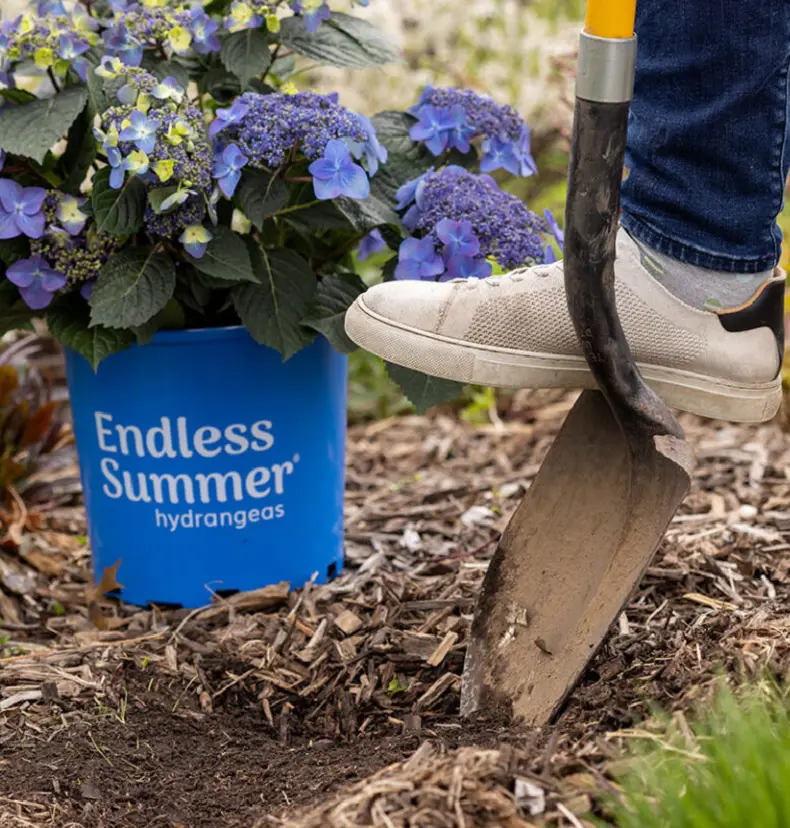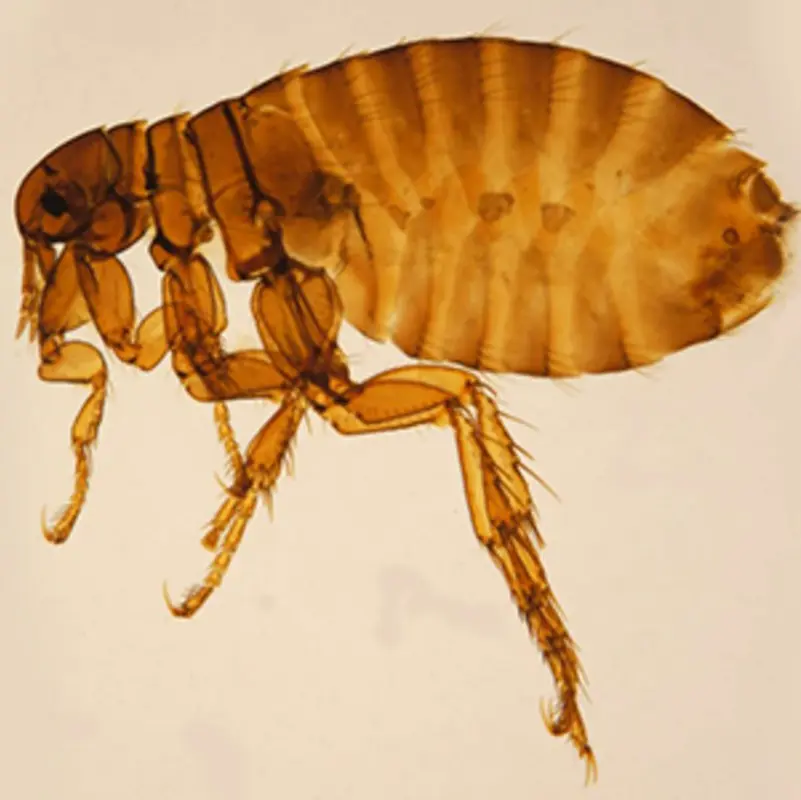Where and When To Plant Quinoa
Light
It is most productive when it receives at least 8 hours of direct sunlight a day. Like other crops, it needs full sun to flower and mature. Plant it away from trees and buildings, casting shade throughout the day.
Watch how sunlight gracefully moves through your garden, and choose spots that provide the perfect balance of light and shade for your plants, ensuring their happiness.
Spacing
When spacing your quinoa plants, keep one to two feet between each row. In a row, keep space for each seed about 2 inches apart, and plant them about 1/4 inch deep. Once the seedlings have a few inches of height, thin them so that there is a foot of space between each plant.
The plants should be staked, especially in areas that get severe thunderstorms and strong winds. These plants can become top-heavy as they mature.
Soil
Quinoa produces the most grain in well-drained, fertile soil. Yield decreases slightly when it is planted in average and infertile soil, but the yield difference is minor. Quinoa tolerates poor soil well.
When supplied with proper moisture at planting time and when the young seedlings are maturing, they will grow and produce a good crop. Water quinoa during dry periods and low soil moisture.
Planting Time
It is sensitive to cold climates. The seeds can be planted directly after the danger of the last winter season has passed, or you can start the seeds indoors a few weeks before your last winter date.
It is also sensitive to high temperatures so give the plants as much time in the ground as possible before risking high temperatures.


